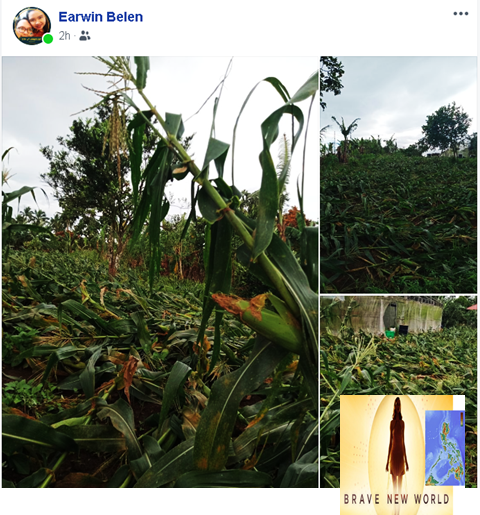Today, Friday, 30 October 2020, some 48 years after Martial Law, someone sent me a Facebook PM on “‘Marcos’ M-99 A Failure’: Perfect Illustration Of The Yellow Mindset[1],” the column of Rigoberto D Tiglao that appears in the 03 June 2020 issue of the Manila Times.net. Now that I have read the whole column:
I am reminded where the farmers failed Masagana 99!
And I don’t want that to happen to the New PH Agriculture under Secretary of Agriculture William Dar.
(1) Yes, Masagana 99 succeeded for PH rice farmers.
(2) Yes, (some) PH rice farmers sabotaged Masagana 99!
Mr Tiglao says:
The claim that the dictator Marcos’ Masagana 99 (M-99) program was a total failure is an excellent example of the Yellows’ invented, Manichaean narrative of that era – that it was the country’s Dark Age, that absolutely nothing good came out of it.
Mr Marcos declared a land reform program, whereby all lands of 5 hectares or more owned by a single individual were put under control by the government.
In retaliation against the agrarian reform program launched by Marcos, landlords reduced, and even in some areas totally ceased, extending credit to their tenants. All these factors led to an unprecedented 20 percent fall in palay (unmilled rice) production in 1972.
Mr Marcos had to do something. Mr Tiglao says:
Marcos’ technocrats – principally his much-admired agriculture secretary Arturo Tanco… had to design and implement the M-99 program. It was not formulated out of the blue by academics but was based on Tanco’s experience as President of the World Food Council and (member of the board of trustees) of the International Rice Research Institute (IRRI).
Masagana 99 succeeded – I was in and out of UP Los Baños when that happened. Rice yields went up from 1.7 metric tons/ha in 1970 to the current 4 MT/ha.
It was a bold experiment that channeled from 1973 an estimated P4.5 billion (P240 billion in today’s value) in loans at concessional rates to small farmers, for them to adopt new rice varieties and technology. It was the first such massive credit program for small farmers in our country, which even socialists would hail as it meant a transfer of financial assets to the poorest sectors to be used for production.
Aye, and there’s the rub!
I was a member of the Jaycees in Los Baños in those years, and we were hearing true stories of:
educated people taking advantage of Masagana 99 loans, borrowing for 1 farm and not paying back; then borrowing for a 2nd farm and not paying back that 2ndloan either, etc.
And that happened all over the Philippines, so Masagana 99 failed after it succeeded.
The banks had so much money that you got the loans you wanted if you captured their hearts.
Today, I recommend Masagana 2020, emphasizing National Renewal. More the Heart.
Already there is so much money waiting for borrowers for agriculture that I want to tell the Du30 Government to Please Be Careful With Your Heart!@
[1]https://www.manilatimes.net/2020/06/03/opinion/columnists/topanalysis/marcos-m-99-a-failure-perfect-illustration-of-the-yellow-mindset/729063/?fbclid=IwAR3Z6Y0nCzFGSdMRFdUbMs6xAgkwYhh3uQloh6ZN6PpSlRWV0I0Bd55C8hE















